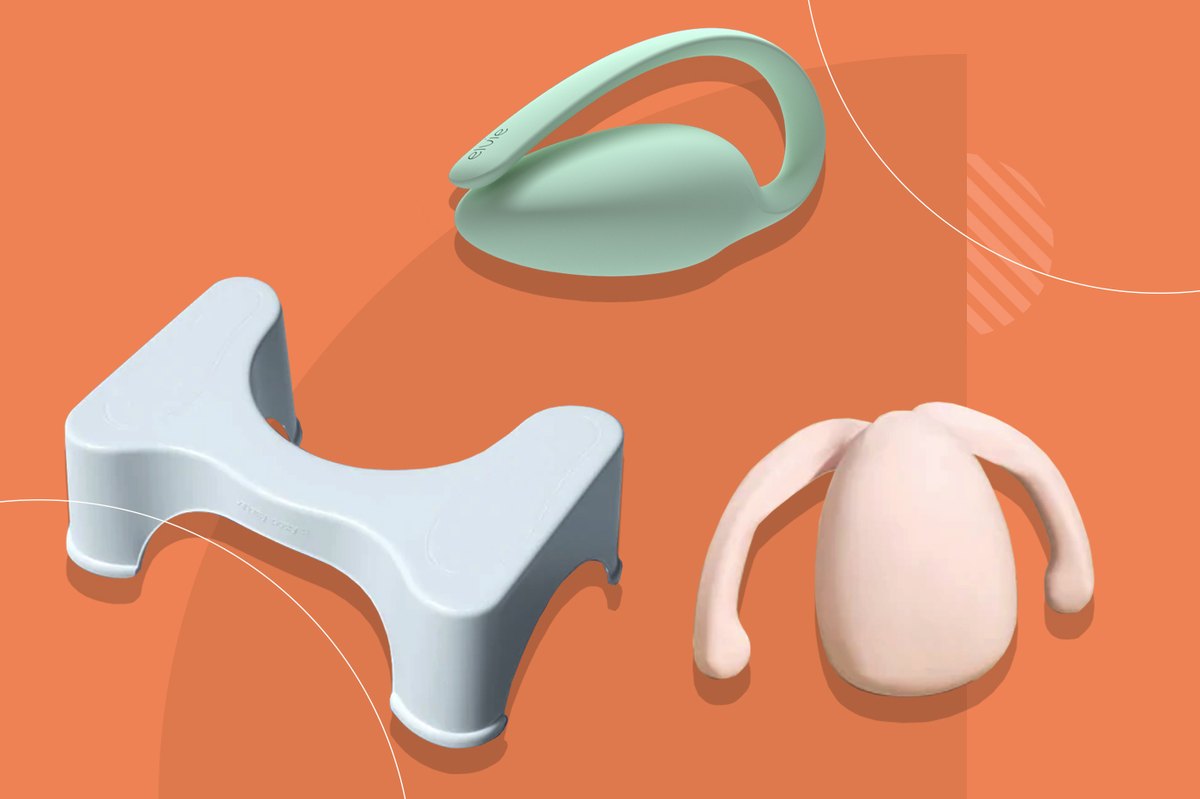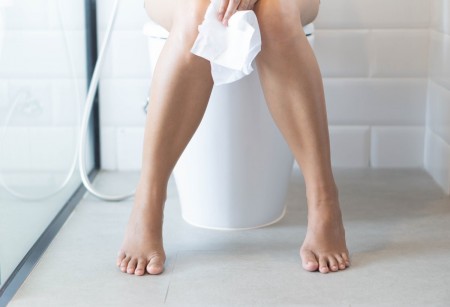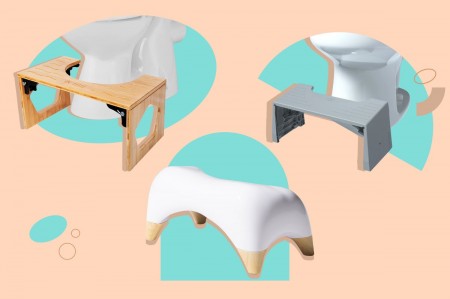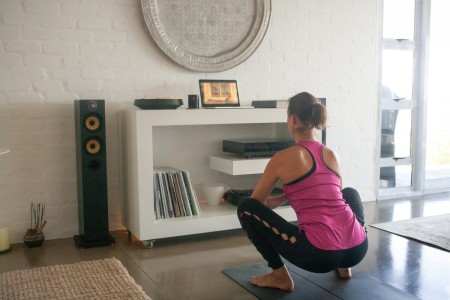
Advertisements
Your
While vibrators and other sexual wellness aids aren't always thought of as tools to help you improve your pelvic health, sexual health is absolutely connected to your pelvic health.
"Caring for your sexual health is caring for your entire pelvic health — you can't have one without the other," says
The Ohnut Ring is a squishy, stretchy and stackable device that can be worn by a partner or used with an insertable sex toy. It helps make penetrative sex customizable by limiting the depth of penetration.
Plus, the company behind the device offers a wealth of educational resources that focus on pelvic health and sexual wellness.
Rawlins recommends the Ohnut ring for people who experience pain during penetrative sex.
"Ask any pelvic physical therapist and they will tell you that sex shouldn't hurt. Even though
The Elvie Trainer is a smart kegel trainer that helps you visualize your pelvic floor movements. The user wears the small, insertable device and links it to the corresponding app, which uses biofeedback (electrical devices or manual techniques that give you greater body awareness) to give you a visualization of your pelvic floor movements.
Kegels are one of the most popular
The Squatty Potty comes in several different versions and heights and is a U.S. Food & Drug Administration (FDA)-certified medical device that can help you reduce poop strain.
This handy stool is also classified as a defecation postural modification device (DPMD), which is fancy speak for a device that helps position you for more productive pooping.
A March 2019 study in the Journal of Clinical Gastroenterology found that using a DMPD resulted in increased bowel emptiness and reduced straining in a small sample of people who experienced straining and an incomplete emptying of their bowels.
Because the Squatty Potty and other DPMDs position you in a squat, rather than a seated position, they may help improve your pooping, but the research is limited.
An April 2010 study in Lower Urinary Tract Symptoms, with an extremely small sample size, found a link between reduced poop strain and squatting on the toilet because squatting helps to open the rectum and straighten the colon. However, this is an older study and more research is needed on the positive effects that squatting may have on pooping.
Advertisements
"I think that foot stools at the toilet, like the Squatty Potty, are a gender-neutral way to help many people support bowel health, which is an important component of pelvic health," says Jessica L. McKinney, PT, DScPT, physical therapist and vice president of medical affairs and clinical advocacy for Renovia Inc.
Buy it: SquattyPotty.com; Price: $24.99
Do Pelvic Floor Products Work?
Pelvic floor devices and products are often marketed as aids to people (often people AFAB) who are experiencing various types of pelvic floor dysfunction (PFD). But people of all genders can experience PFD, which happens when the pelvic floor muscles are weakened or injured, according to the NICHD.
Some common causes of PFD, per the Cleveland Clinic, include:
- Traumatic injuries like a car accident
- Pregnancy
- Overusing the pelvic muscles
- Pelvic surgery
- Having overweight
- Advancing age
There are devices like pelvic floor biofeedback devices that can monitor the squeezing of pelvic floor muscles, kegel exercisers that can help strengthen your pelvic muscles and even electrical stimulation devices that can help to treat incontinence.
Pelvic floor products may help motivate you to focus on your pelvic health more, but they aren't a magic cure. And they work best when used as part of an overall care plan for your pelvic health.
Tip
Seeing a pelvic floor physical therapist who specializes in pelvic floor health may be best, in order to help you establish a routine for taking care of your pelvic floor, per Cedars-Sinai. Talking to a urogynecologist (doctors who specialize in pelvic health), when possible, is also a good idea.
What to Look for in Products to Support Your Pelvic Floor Health
Here's what to look for in safe and effective pelvic floor products:
1. Cleared by the FDA
"In my opinion, people AFAB should be cautious using devices or other products that lack FDA clearance or have unsubstantiated clinical claims, which can include many of the products easily and directly purchased online," McKinney says.
2. Supported by Published Data
McKinney also recommends choosing pelvic floor products that have been backed by published data, like randomized controlled clinical studies.
What to Avoid
Here's what to avoid when shopping for pelvic floor products:
1. Avoid Scented, Flavored and Chemical-Heavy Products
"For your best pelvic health and to avoid an infection, your vagina and vulva require minimal maintenance, good hygiene practices and products without harsh chemicals," Rawlins says. "And always avoid fancy soaps, douches, deodorants or anything that is scented, has sparkles or is flavored."
As with any purchase, but especially pelvic health products (which can be expensive), it's important to use good judgment and do your own research.
2. Products That Aren't FDA-Cleared
Do your best to look for FDA-cleared or research-supported pelvic floor products when possible. Products that aren't backed by the FDA or clinical research could still be potentially beneficial for you. But be sure to discuss them with your doctor before use.






